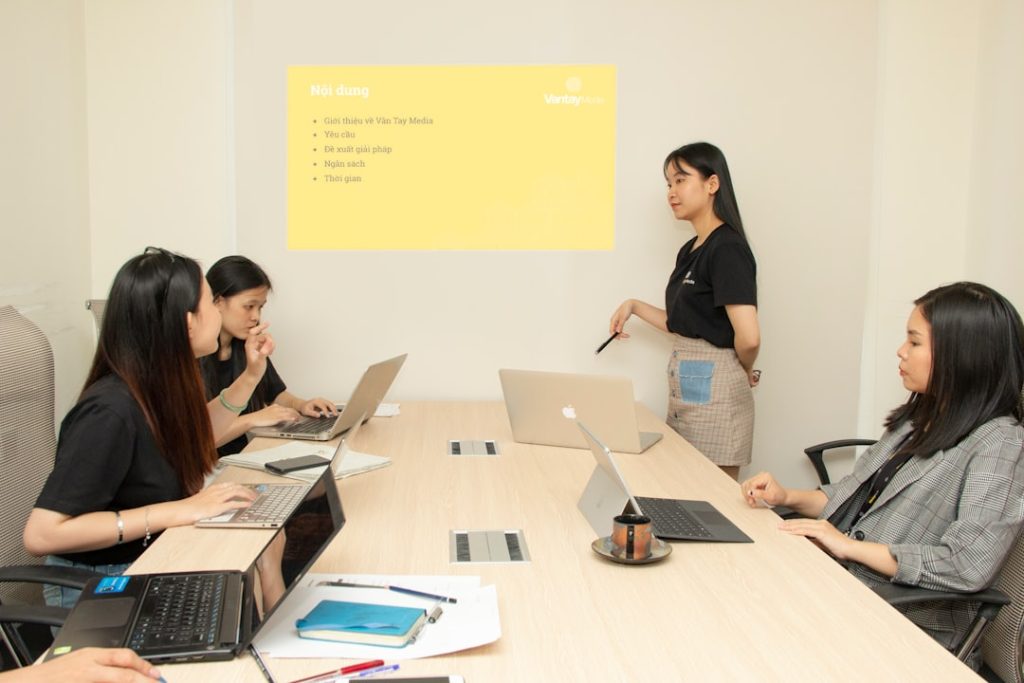In the ever-evolving world of smartphones, consumers often find themselves torn between choosing the latest flagship or settling for a more budget-conscious alternative that still delivers dependable performance. Google’s Pixel lineup perfectly illustrates this dilemma, with the newly introduced Pixel 9 going up against one of the brand’s most beloved budget options—the Pixel 6a. The question stands: between the two, which offers the best value for your money in 2024?
Design and Build Quality
The Pixel 9 symbolizes Google’s latest design philosophy. It boasts a refined matte back with rounded edges, reduced bezels, and a slimmer overall profile. The phone also carries an IP68 rating, meaning it’s resistant to dust and capable of withstanding submersion in water up to a certain depth. The aluminum frame and Gorilla Glass Victus 2 front provide both elegance and durability.
On the other hand, the Pixel 6a, while more modest, still offers a solid construction. It includes a plastic back and Gorilla Glass 3 on the front, and is rated at IP67 for water and dust resistance. Although it’s a few notches below the Pixel 9 in terms of materials and resilience, it still feels considerably premium for its price range.
Display
Display technology has seen consistent improvements, and the Pixel 9 embodies this with a 6.2-inch OLED screen, supporting a 120Hz refresh rate and HDR10+. It’s both visually stunning and smooth in performance, well-suited for gaming, video streaming, and general use.
The Pixel 6a features a 6.1-inch OLED display with standard 60Hz refresh. While colors remain vibrant and viewing angles are acceptable, the lower refresh rate and slightly inferior brightness in direct sunlight make it less immersive compared to the Pixel 9.
Performance and Hardware
Under the hood, the Pixel 9 is powered by the latest Google Tensor G4 chip—an evolutionary leap offering better performance and enhanced energy efficiency. Coupled with 8GB of RAM and UFS 4.0 storage, the experience is seamless, whether you’re multitasking or playing graphically intensive games.
The Pixel 6a, powered by the earlier-generation Tensor G1 and 6GB of RAM, was competent at launch and still performs efficiently in most daily tasks. However, heavy-duty applications and intensive processing loads reveal its limitations. That said, for general users who rely mostly on web browsing, social media, and standard apps, the performance isn’t a major setback.
Here’s a breakdown of their core hardware specifications:
- Pixel 9: Tensor G4, 8GB RAM, UFS 4.0 storage
- Pixel 6a: Tensor G1, 6GB RAM, UFS 3.1 storage
Camera Capabilities
Google’s imaging software has long been a standout feature, and the Pixel 9 continues that trend. The phone houses a dual-lens configuration including a 50MP main sensor and a 12MP ultrawide lens. The upgraded image processing and improved low-light performance make it one of the finest smartphone cameras in its class.
While the Pixel 6a only sports a 12.2MP primary camera and a 12MP ultrawide lens, it’s still remarkably impressive for a budget device. Thanks to Google’s computational photography expertise, it captures sharp, detailed photos that often outshine those from similarly-priced rivals. However, features like advanced Night Sight, new Real Tone improvements, or advanced zoom options are better experienced on the Pixel 9.
Software and Feature Set
Both Pixel 9 and Pixel 6a run on Android 14, although the Pixel 9 comes with longer promised software support—up to 7 years of OS and security updates. It also enjoys Pixel-exclusive features such as enhanced on-device voice recognition, improved Google Assistant features, and the latest health-centric tools like Check-In Safety.
The Pixel 6a, while still feature-rich, is nearing the end of its primary support timeline. As of 2024, it continues receiving security updates, but Android OS updates may cease within the next two years. This is a critical consideration for users aiming for long-term viability.
Battery Life and Charging
Battery performance is another crucial area where the Pixel 9 has made strides. With optimized Tensor G4 efficiencies and smarter adaptive battery features, it comfortably lasts through a full day of heavy usage. It also supports fast wired charging, wireless charging, and even reverse wireless charging—a convenient addition for wearable device users.
Conversely, the Pixel 6a, while decent in endurance thanks to its modest hardware and good battery optimization, lacks wireless charging and supports slower charging speeds. It’s sufficient for moderate users but not ideal for power users always on the move.
Price and Value for Money
This is arguably the most important factor for deciding between the two. The Pixel 6a, now often available at significantly discounted prices, can be found for as low as $299—making it an attractive pick for students, casual users, or those upgrading from budget Android devices. Despite its aging hardware and limited forward compatibility, the value offered is hard to ignore.
In contrast, the Pixel 9 sits in the upper-midrange to premium segment with a retail price starting around $699. For some, the doubled price compared to the 6a might be justifiable due to better longevity, performance, and features. However, that largely depends on individual needs.
Here’s a simplified cost-to-value assessment:
- Pixel 6a: Exceptional value at low upfront cost; ideal for everyday use
- Pixel 9: High value through future-proofing, better specs, and extended lifespan
Who Should Buy Which?
Choosing between the Pixel 9 and Pixel 6a ultimately boils down to your specific use case. If you’re a tech enthusiast, a mobile gamer, or someone who heavily relies on AI and machine learning advancements, the Pixel 9 is undeniably a smarter investment. Its superior build, camera system, and feature set justify the extra expenditure.
On the other hand, if your smartphone use is focused around calls, social media, casual photography, and media consumption, the Pixel 6a might be more than enough. It eliminates much of the excess and still provides a smooth, reliable experience—especially when you consider its bargain pricing.
The Verdict
In comparing the Pixel 9 and Pixel 6a for “best value pick”, there’s no one-size-fits-all answer. However, general buying advice can be distilled down to this:
- If budget is your primary concern: The Pixel 6a still holds great value, even in 2024.
- If long-term usability and advanced features matter: The Pixel 9 is worth the premium.
Ultimately, both devices continue to represent excellent design and engineering from Google. Your final decision should reflect your personal needs, expectations, and financial priorities. One thing is for sure—regardless of which pixel you pick, you won’t be disappointed.

